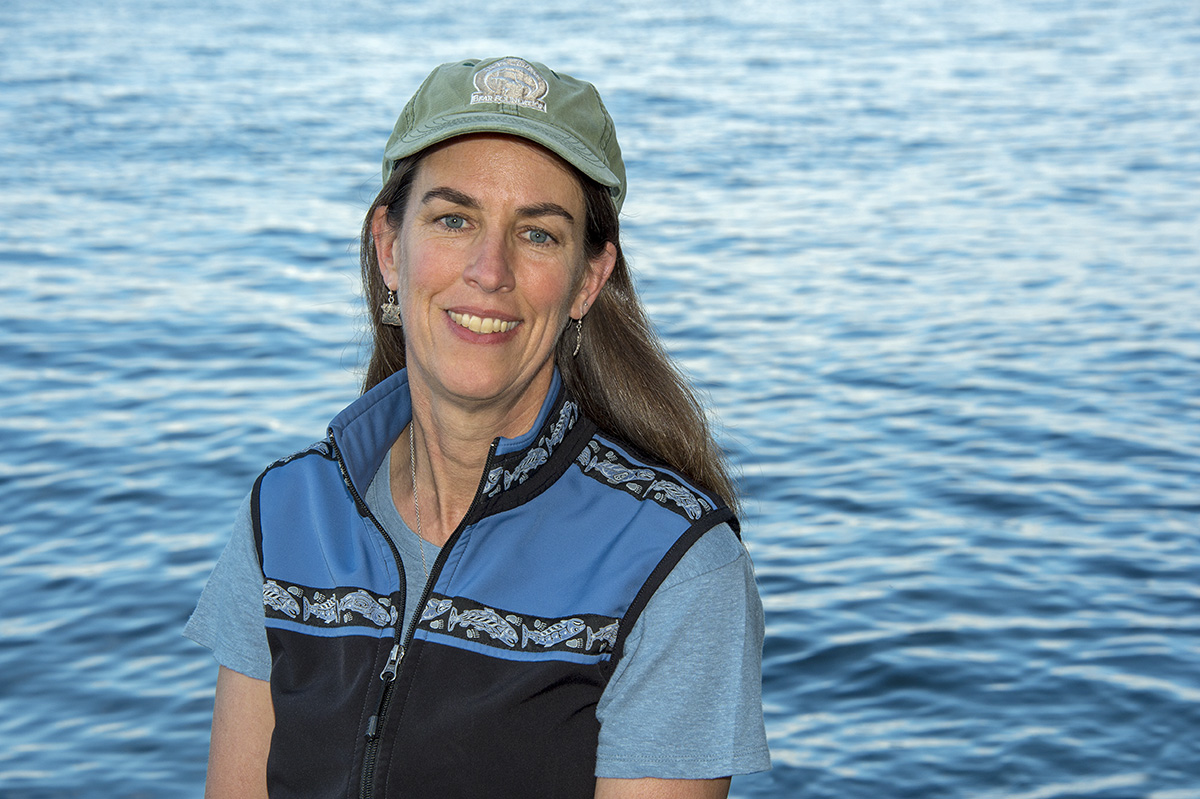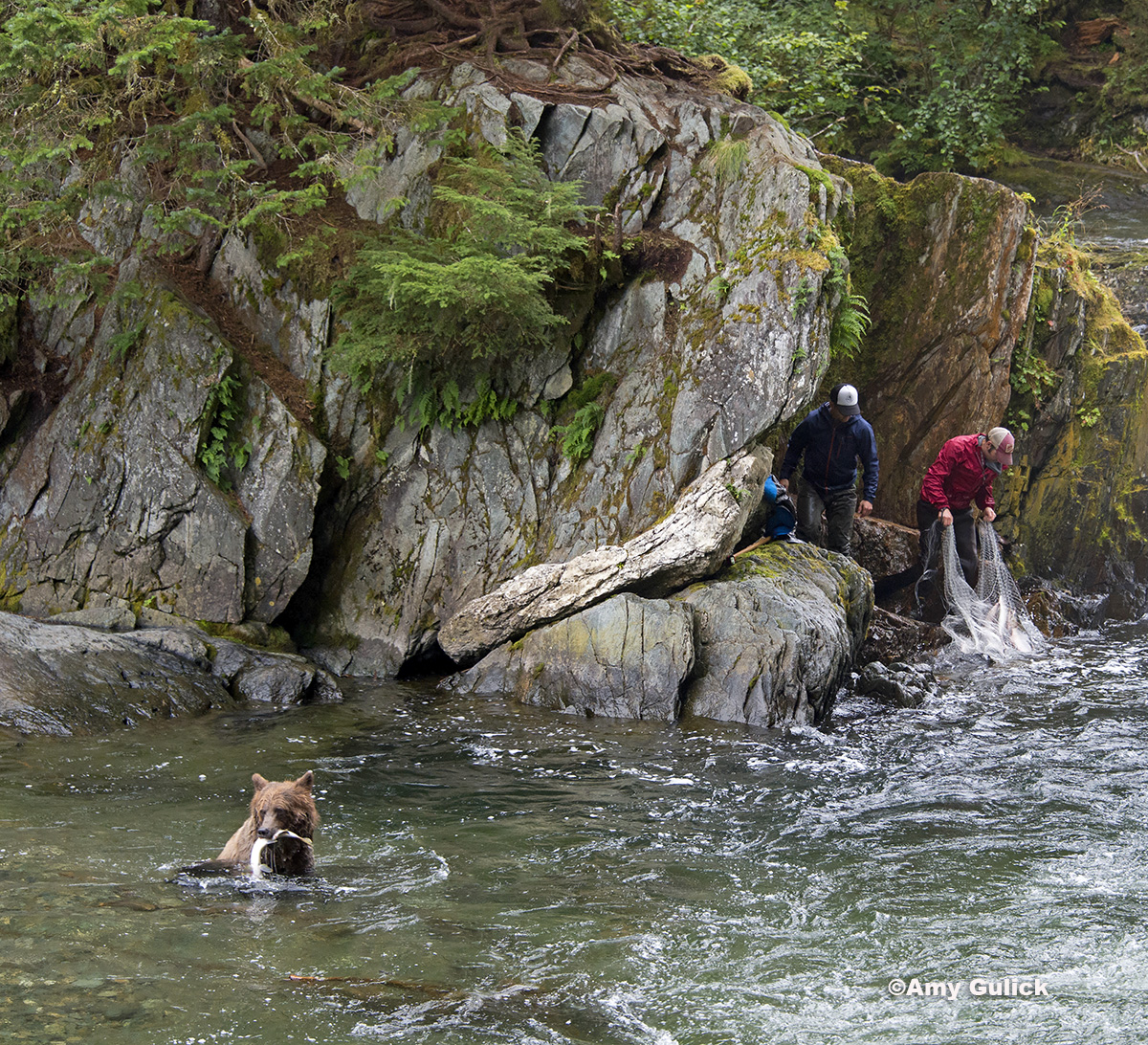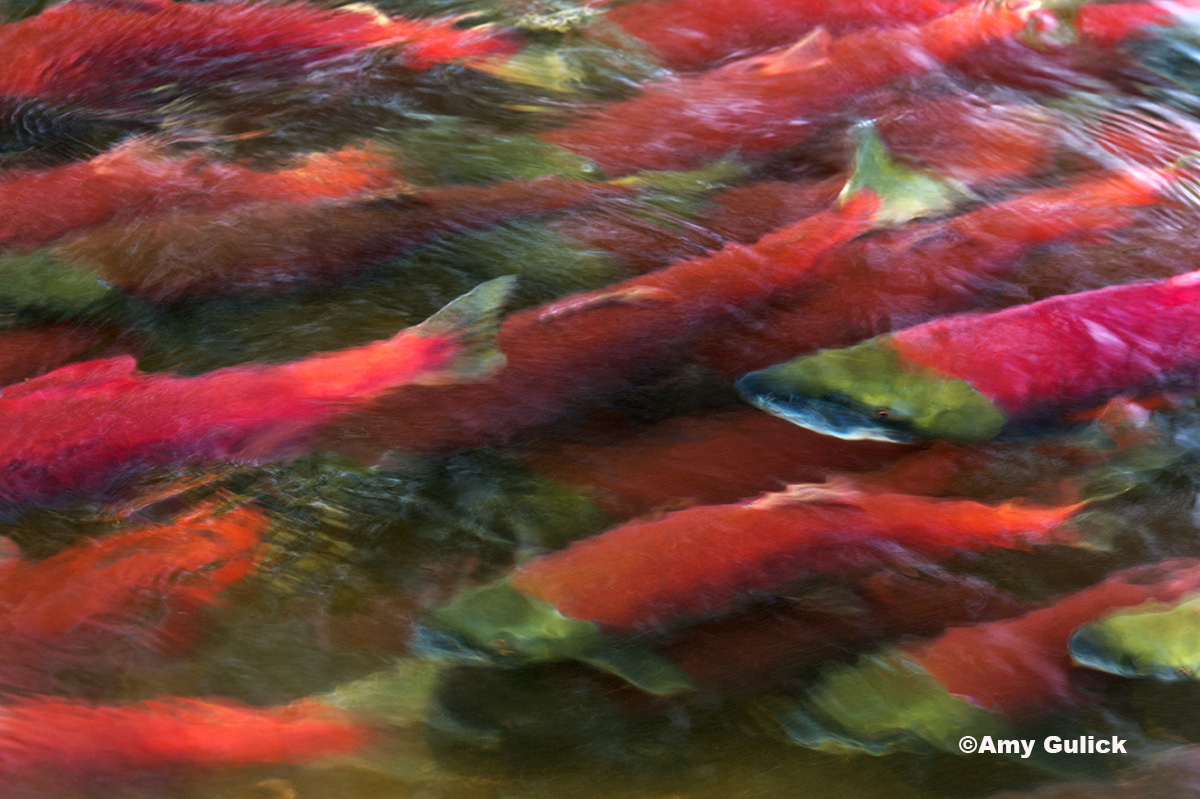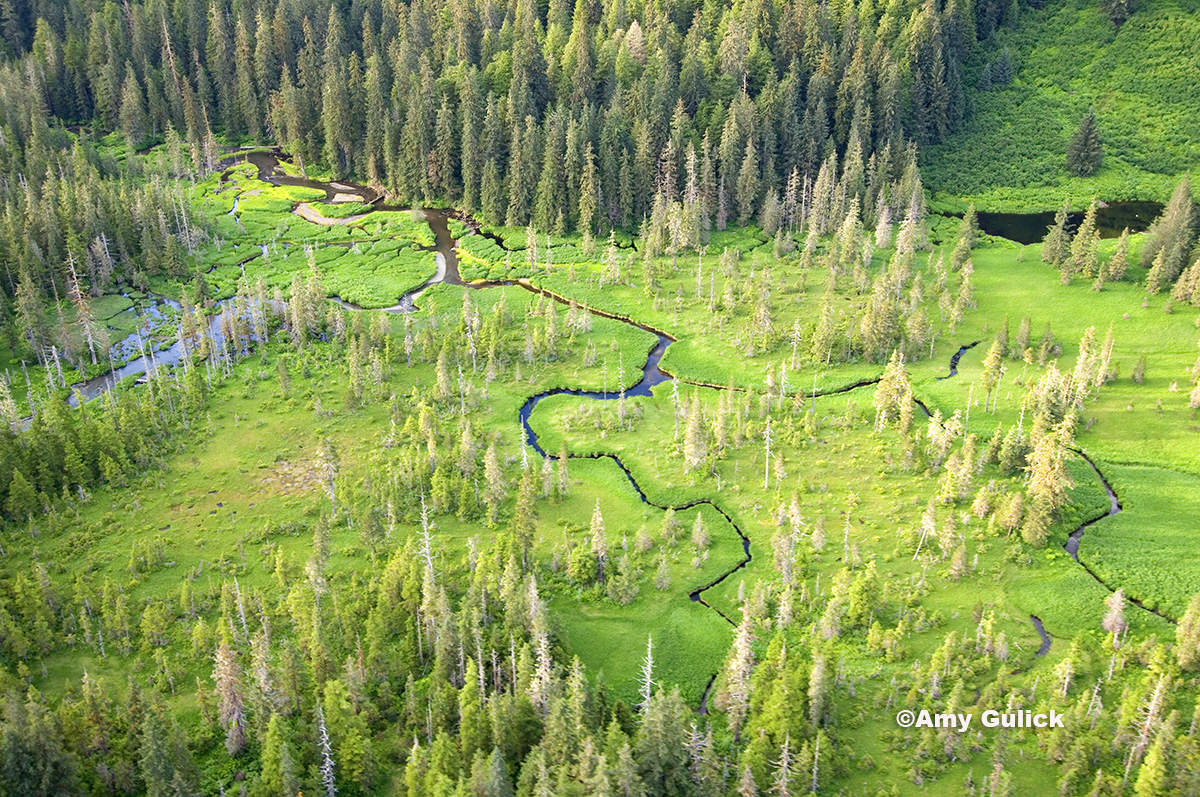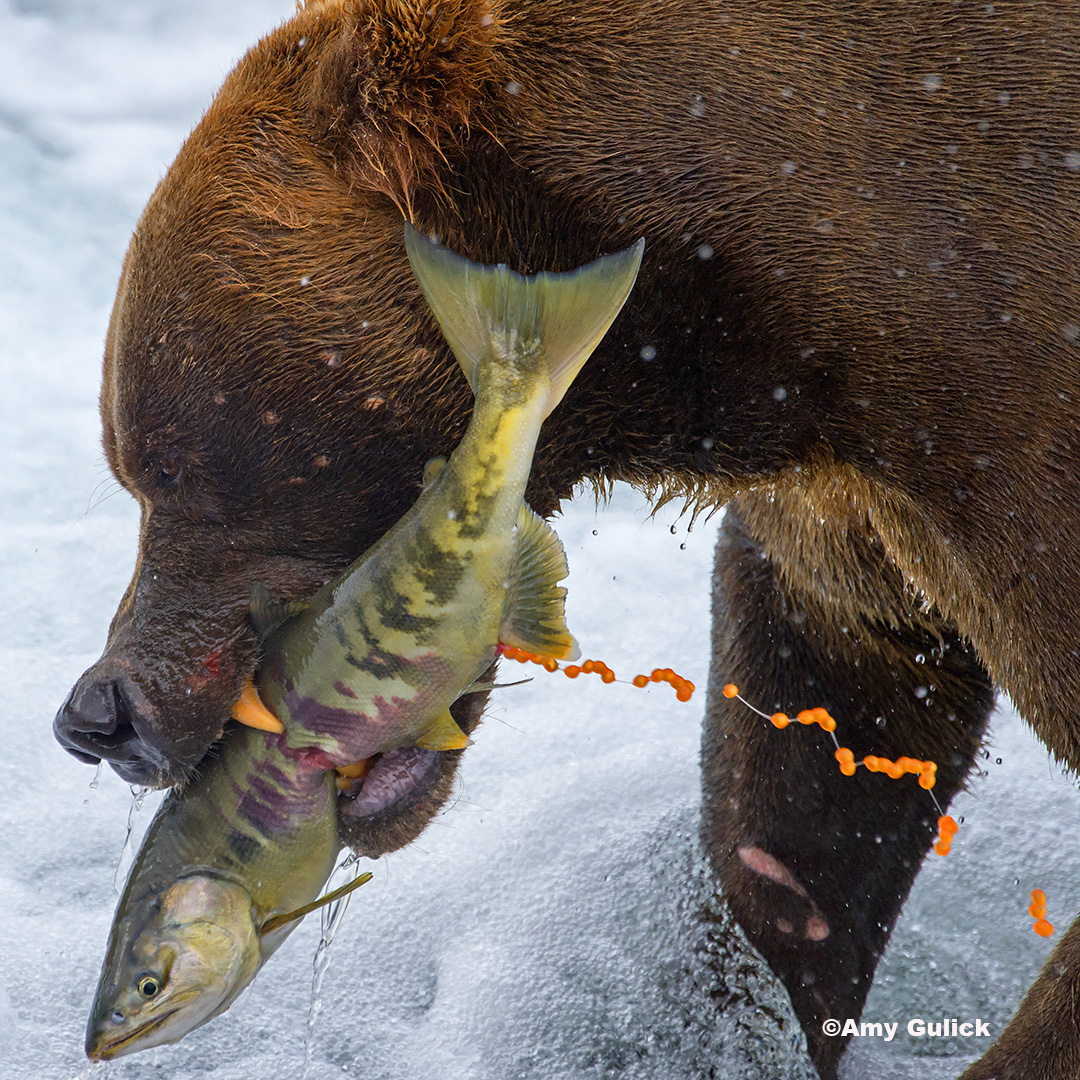Amy Gulick is a photographer, writer, author, and speaker specializing in helping audiences understand the importance of nature to humanity and all beings. Her work has been featured in Outdoor Photographer, Audubon, National Wildlife, Smithsonian and other publications. She is the recipient of the Voice of the Wild Award from the Alaska Wilderness League, the Daniel Housberg Wilderness Image Award from the Alaska Conservation Foundation, and both the Philip Hyde Award and Mission Award from the North American Nature Photography Association. Her award-winning books include “Salmon in the Trees” and “The Salmon Way.”
In January Amy will be teaching the Summit Online Workshop, Shoot for a Cause, with Dave Showalter. Keep reading to learn a bit more about Amy and her work!
Amy has been a professional photogrpaher for 30 years. “I started telling stories before I could read or write, published my first story at age 6 and my first letter to the editor at age 9, so it’s safe to say that storytelling is what I’ve always done.”
We asked Amy how she got stared in her career and she explained, “I started publishing my work in magazines focused on natural history and outdoor recreation. It didn’t take long before I started focusing my stories on the importance of nature to humanity and all beings.”
Amy was specifically drawn to conservation stories. “I saw the power that photographs and stories have to inspire people to take action on behalf of nature and our shared Earth home. If I can help people understand the significance of a place, a species, and an ecosystem, and our relationships with these things, then they are better able to do something to take care of what takes care of us.”
“My latest projects highlight the critical importance of wild Pacific salmon to ecosystems, wildlife, communities, cultures, and economies of the West Coast of North America from Alaska to Northern California.”
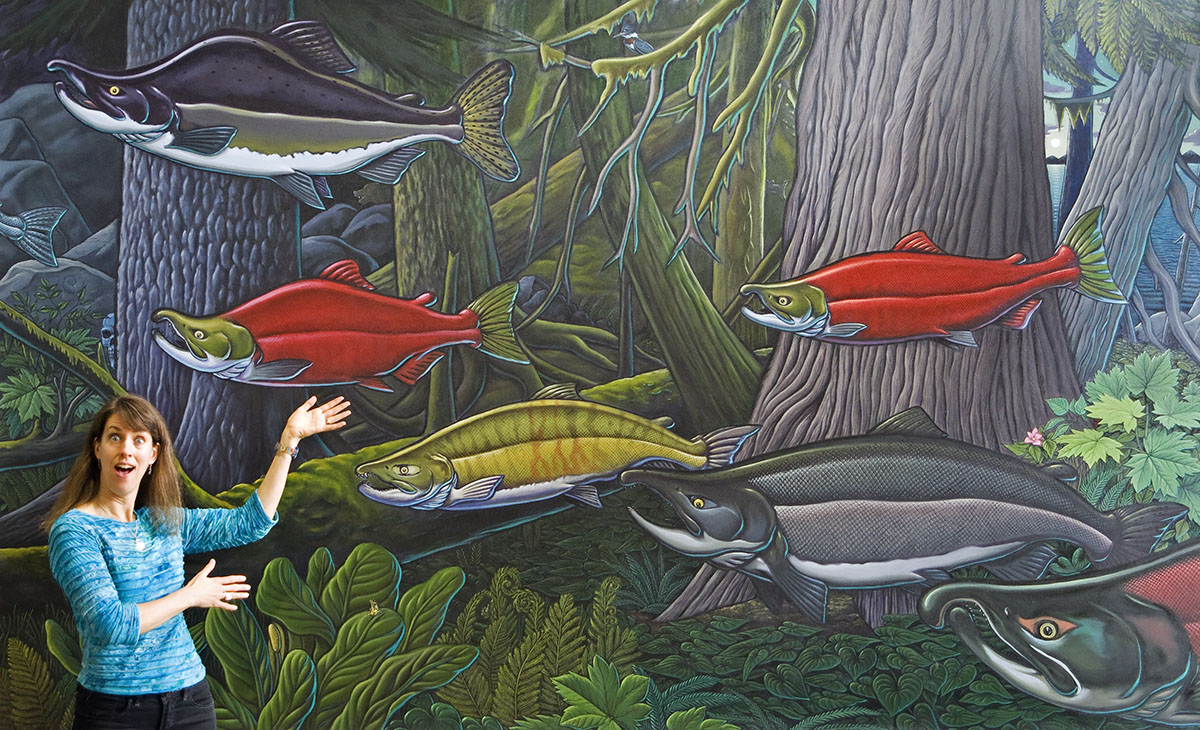
We also asked Amy what she’s looking forward to with her upcoming Summit Online workshop: “I enjoy learning what motivates the participants. What are their passions? What will they devote their energy to? How will they use their photographs to accomplish their goals? I love to guide students through a process that helps them focus their projects into something realistic that they can sink their teeth into. It’s incredibly satisfying to see the progress of the participants during our short time together.”
Amy’s primary advice to aspiring conservation photographers is this: “photograph what you’re most passionate about and don’t let anyone squash your dreams.”
When Amy’s not working on a story or project, she enjoys spending time in the wilderness. “Ideally I’d be somewhere remote and off the grid in a forest, in the mountains, beneath the sea, or on a river immersed in the beauty and power of wild nature.”
Check out more of Amy’s work on Instagram or her website. To learn from Amy sign up for Shoot for a Cause this January!
